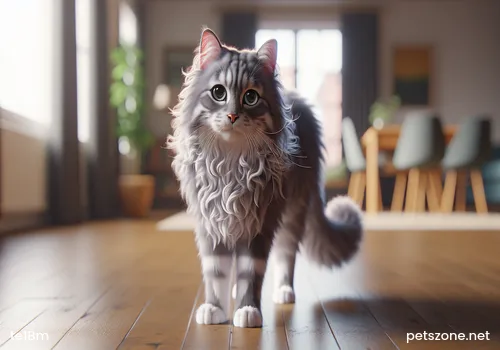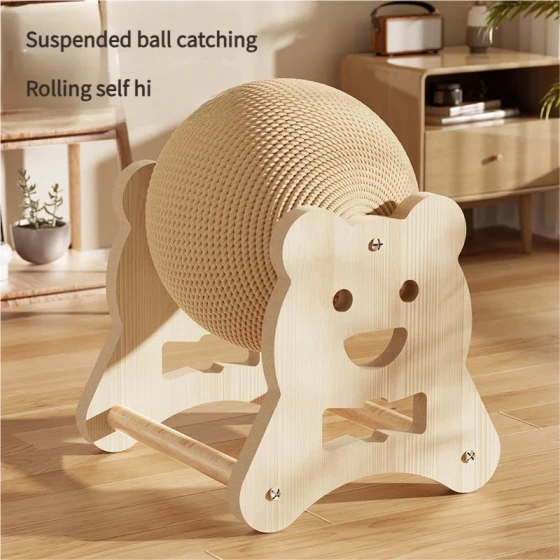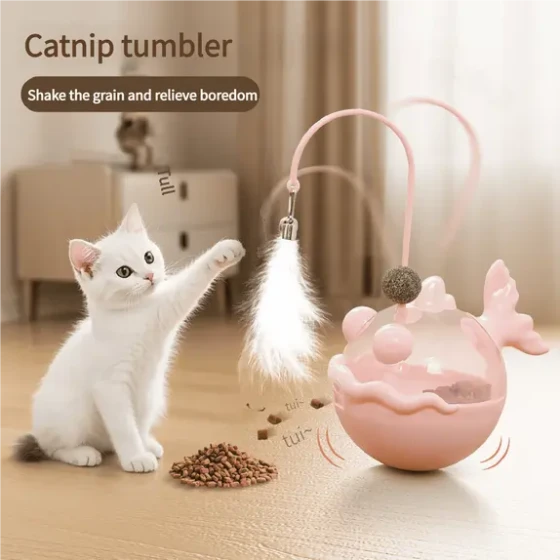Cats Love to Play by Nature Teach You How to Train Cats Through Games

Playing is one of the most important activities for cats daily. Besides domestic cats, wild feline species are also keen on playing just like house cats. Of course, kittens spend more time playing than adult cats.
It is difficult to define the scope of playing. Actually, playing just refers to a form of entertainment. Cats often incorporate some daily activities into play, such as hunting, fighting, escaping, and even cruel killing behaviors include elements of play. Kittens often take turns playing the roles of hunter and prey to learn hunting skills from it.
Although cats play actively and excitedly, they always keep the principle of play — never using full force to grab and bite, so injuries rarely occur. During play, kittens never feel fear or fatigue. In fact, a characteristic of cats’ play activity is “energetic spirit and exaggerated movements.” More importantly, it is “educational entertainment.”
Playing can appropriately relieve the frustration caused by house cats’ inability to hunt. You will find many house cats like to cruelly tease prey before killing it. This is because wild cats often have hunting opportunities, but house cats have very few. So once finding suitable prey, they vent all the long-accumulated impulses on the poor little prey. Although they toy with it, they won’t kill it too soon to have more time to vent.
Through continuous practice in play, kittens can improve their social adaptability and physical coordination as adults. Through play, they learn how to control their strength, how far to jump to land on moving objects, how fast to run to catch prey, and other related matters.
For adult cats, play can release pent-up emotions and increase their satisfaction and interest in life. For indoor cats, playing can vent excessive energy. Just like humans exercise to stay healthy, appropriate play can also increase appetite and enhance the bond between owners and cats.




